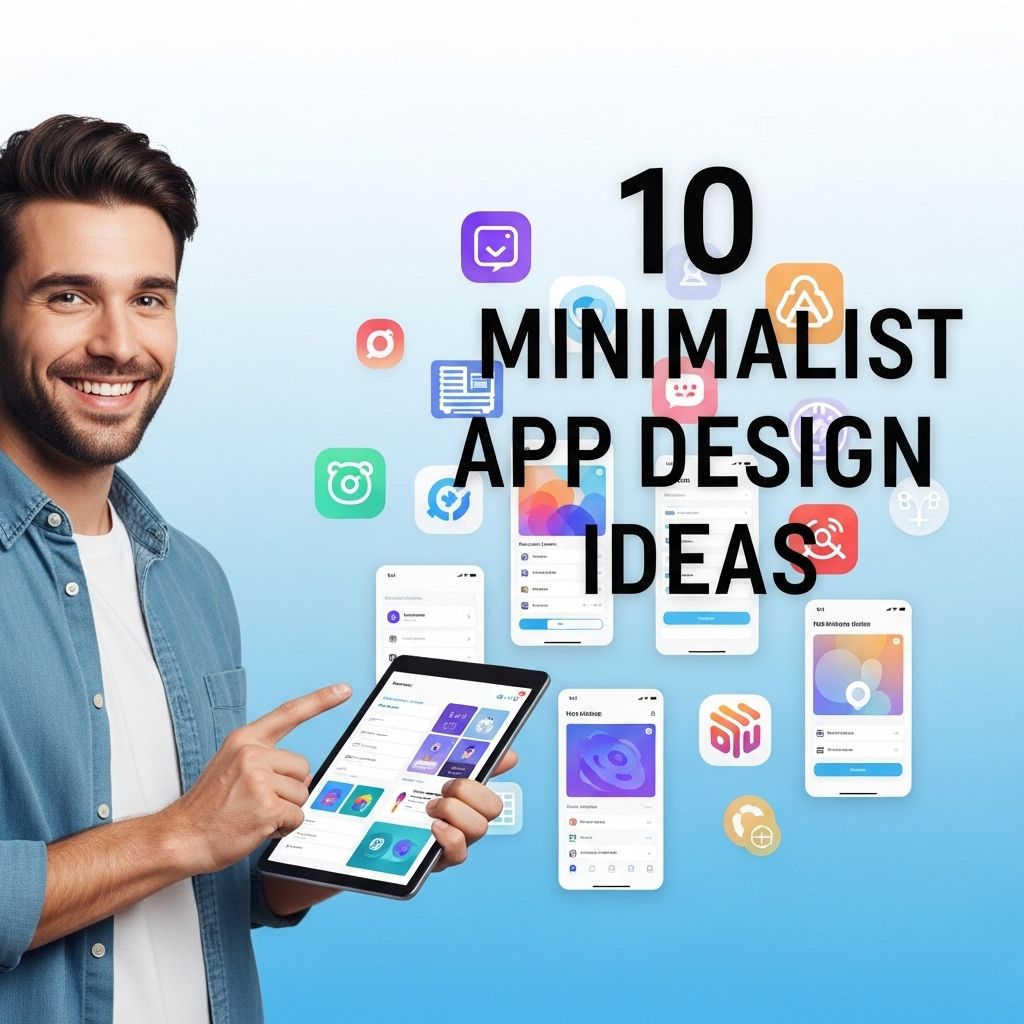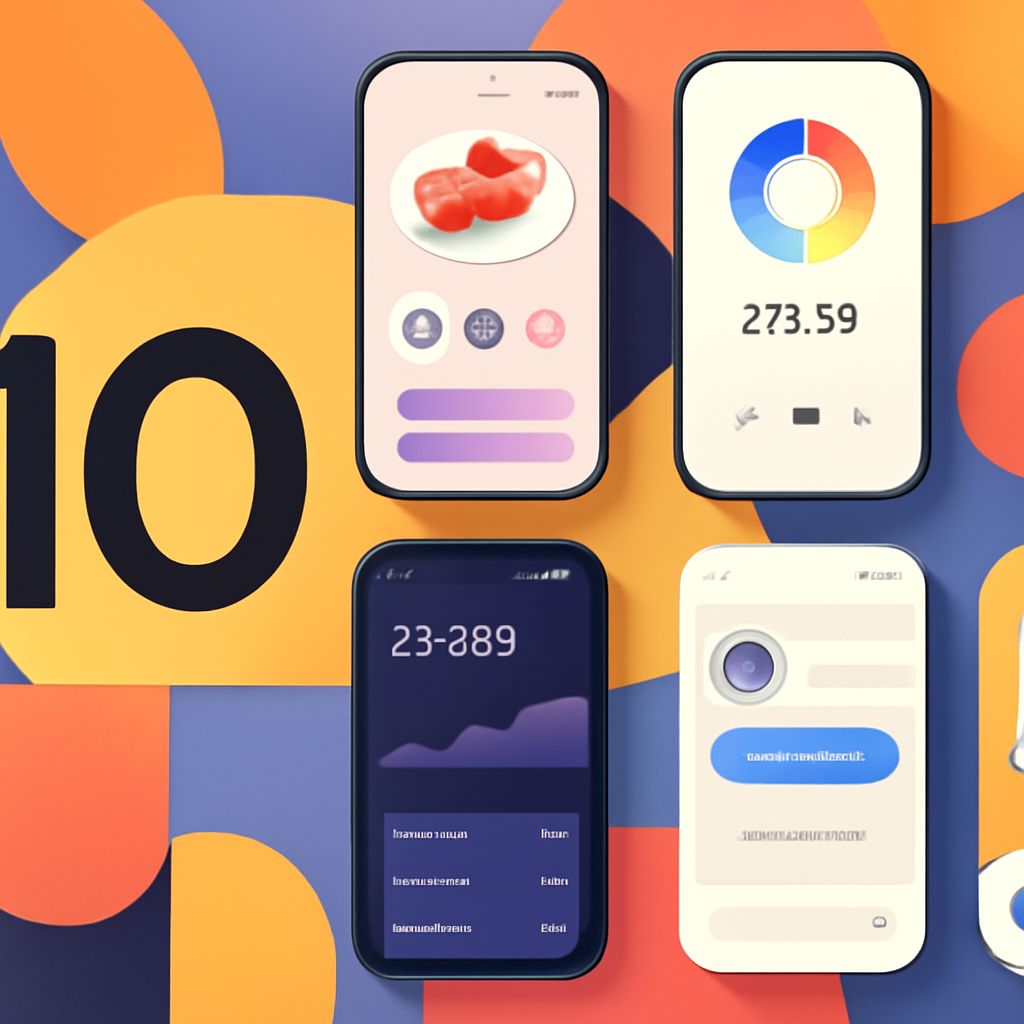The rapid evolution of mobile technology has transformed how users interact with applications. As mobile devices become increasingly integral to daily life, mastering mobile app UX design has become paramount for designers looking to create intuitive, engaging, and efficient user experiences. This article delves into the essential principles, strategies, and tools necessary to excel in mobile app UX design.
Understanding User Experience (UX) Design
User Experience (UX) design is the process of enhancing user satisfaction by improving the usability, accessibility, and pleasure provided in the interaction with a product. In the context of mobile applications, effective UX design ensures that the app is not only functional but also enjoyable to use.
Key Components of UX Design
- User Research: Understand user needs, behaviors, and motivations.
- Information Architecture: Organize and structure content for easy navigation.
- Interaction Design: Design interactive elements that facilitate user engagement.
- Visual Design: Create aesthetically pleasing interfaces that align with brand identity.
- Usability Testing: Assess the app’s ease of use and identify areas for improvement.
Essential Principles of Mobile App UX Design
To achieve an exceptional mobile UX, designers must adhere to several core principles:
1. Prioritize Simplicity
Simplicity is the cornerstone of effective mobile app design. With limited screen real estate, less is often more. Focus on the following:
- Minimize the number of actions required to complete a task.
- Use clear and concise language.
- Reduce clutter to enhance focus on core functionality.
2. Ensure Consistency
Consistency in design elements fosters familiarity and trust. Maintain uniformity in:
- Colors and typography
- Buttons and icons
- Layout and spacing
3. Optimize Navigation
A well-structured navigation system allows users to find what they need quickly. Consider using:
- Tab bars for primary navigation.
- Hamburger menus for secondary options.
- Bottom navigation for easy one-handed access.
The Design Process: From Concept to Delivery
The journey of creating a mobile app UI/UX generally follows these stages:
1. Research and Analysis
Understand the market and target audience through competitive analysis and user surveys. Tools like Google Analytics and user testing platforms can provide valuable insights into user behavior.
2. Wireframing
Sketching wireframes serves as a blueprint for the app layout, ensuring that all elements are logically organized. Popular tools include:
| Tool | Features |
|---|---|
| Figma | Collaborative interface design, prototyping capabilities. |
| Sketch | Vector-based design, extensive plugins. |
| InVision | Prototyping and feedback collection. |
3. Prototyping
Creating interactive prototypes allows designers to simulate user interactions and gather feedback. This phase is crucial for identifying usability issues before development begins.
4. Visual Design
In this phase, designers integrate branding elements and finalize the visual aesthetics. Consider using a style guide to ensure consistency across the app.
5. Usability Testing
Conduct usability tests with real users to observe how they interact with the app. Adjust the design based on their feedback to enhance overall user satisfaction.
Best Practices for Mobile App UX Design
To truly master mobile app UX design, consider these best practices:
1. Touch Target Size
Ensure interactive elements are large enough for easy tapping. A recommended touch target size is at least 44 pixels in height and width.
2. Feedback Mechanisms
Incorporate visual feedback such as color changes or animations to indicate when users interact with elements, enhancing their sense of control.
3. Accessibility Considerations
Design with accessibility in mind to cater to users with disabilities. This includes:
- Providing text alternatives for images.
- Ensuring sufficient color contrast.
- Supporting screen readers and voice commands.
Tools and Resources for Mobile App UX Designers
Utilizing the right tools can significantly enhance your design process. Here are some recommended resources:
Design Tools
- Adobe XD – A powerful tool for designing and prototyping.
- Axure RP – Ideal for creating wireframes and prototypes.
- Canva – Useful for creating graphics and design elements quickly.
Learning Resources
Continuous learning is vital for mastering mobile app UX design:
- UX Design Blog – Stay updated with industry trends and techniques.
- Coursera – Offers online courses from leading universities.
- Udemy – A variety of affordable courses on UX design.
Conclusion
Mastering mobile app UX design is a multifaceted endeavor requiring a blend of creativity, technical skills, and a deep understanding of user behavior. By adhering to foundational principles, leveraging modern tools, and maintaining a user-centric focus, designers can create mobile applications that are not only functional but also delightful to use. As the mobile landscape continues to evolve, staying informed and adaptable will be key to success in this dynamic field.
FAQ
What are the key principles of mobile app UX design?
The key principles of mobile app UX design include simplicity, consistency, intuitive navigation, accessibility, and user feedback.
How can I improve user engagement in my mobile app?
You can improve user engagement by optimizing onboarding processes, personalizing user experiences, incorporating interactive elements, and regularly updating content.
What tools can I use for mobile app UX design?
Popular tools for mobile app UX design include Sketch, Adobe XD, Figma, InVision, and Axure.
How important is usability testing in mobile app design?
Usability testing is crucial in mobile app design as it helps identify user pain points, validate design decisions, and ensure a seamless user experience.
What are common mistakes to avoid in mobile app UX design?
Common mistakes include cluttered interfaces, ignoring user feedback, lack of responsiveness, and failing to design for different screen sizes.




